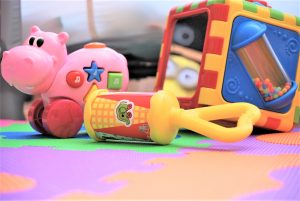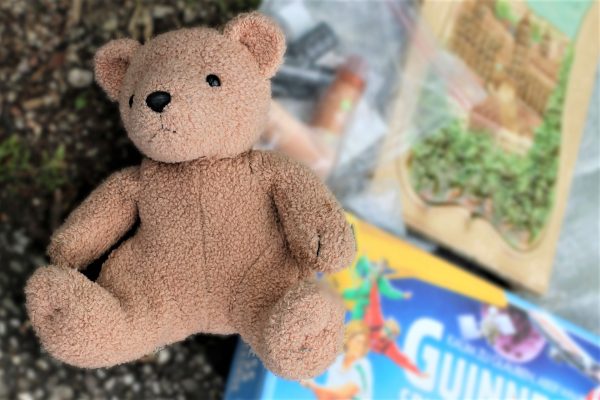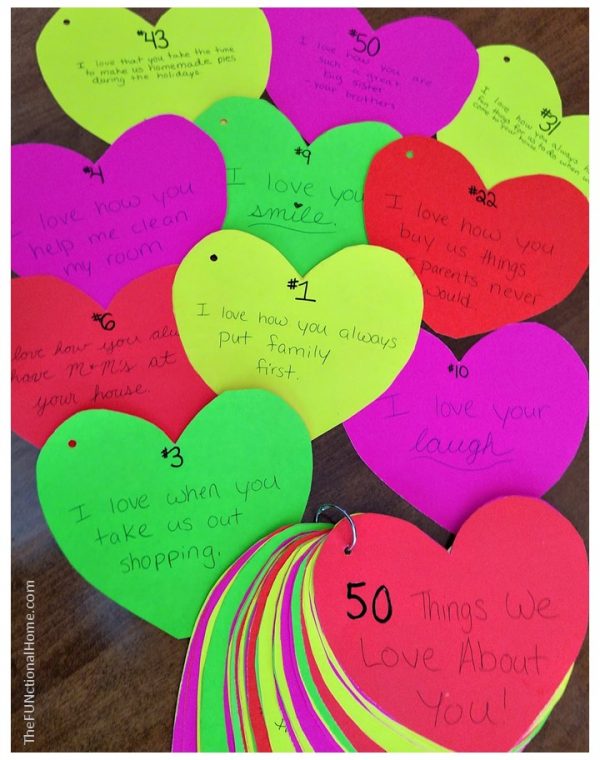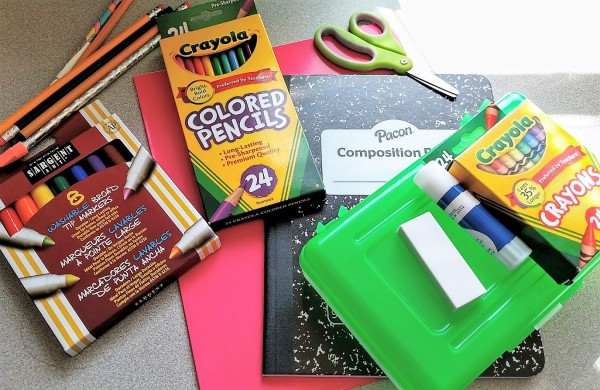Remember when your child was learning to walk? You encouraged them often, rejoiced in their…
Organize Your Child’s Room – Make Clean-Up Easier!

Does getting your child to keep their room clean feel like a never-ending battle? Many kids find cleaning their room challenging, get overwhelmed and give up. Doing it “for them” is setting up a harmful cycle that won’t teach them some lessons they will need later in life. Instead, teach your child to organize their room, and clean-up will be easier.
Frequently, parents complain that their children will pick up after themselves at school but not at home. The reason is often chaos in their rooms at home vs. a well-defined structure at school. When there are clearly recognizable areas for things to be returned to, with practice and an expectation to clean up daily, kids will become accustomed to this routine.
Organize your child’s room with your child – NOT for them.
Without storage or organizational systems, parents often find it easier to clean up their children’s stuff themselves. This seems like a simple solution, but in reality, it sets up a bad precedent. When kids are involved in the process of cleaning up their spaces, they learn responsibility and the need for a routine. Start by working together to sort their items into broad categories. Listen to what they choose to name each category – then use these to create zones. Help them to understand what other items might fall in that group.
For instance, one child may want all the stuffed animals and dolls in one area; but another child may want all the Barbie dolls on a shelf, baby dolls in a basket and stuffed animals on the bed. Listen to their ideas and reasoning, let them feel empowered during the process and they will have a better chance of maintaining this space they helped create.
Keep it simple.
Don’t hinder clean-up by making it complicated. Large bins that “like” toys can be tossed into are easier for little ones than boxes with lids. Set up systems that young ones can help maintain on their own or with limited help. Use labels or pictures on the containers to reinforce where items belong. Make sure your child can safely reach what they want, and can easily put items away. Anything that is not needed for play, sleep or getting dressed might be stored out of their reach in the closet, on a higher shelf or in another room.
Create a home for each category.
For toddlers, a system for organization may be as simple as all similar items in on place – stuffed animals in a basket, or toy trucks lined up against the wall. Preschoolers have toys with many pieces but not a lot of patience or focus, so make it clear where their toys should go and try to limit the amount allowed out at one time. As playtime gets more complex, so does the need for the organizational system. When dolls have multiple outfits and accessories, Legos cover every surface and the arts and crafts take over the dining room, there is a greater need for shelves, drawers and specific containers.
Watch for their categories to change as they grow. Ask your kids occasionally what their needs are for their space. Some may include:
- Play centers
- Craft area
- Reading / Study space
- Trash
- Laundry
- Memory (sentimental items)
- Off-season clothes/sport uniforms
Provide the tools needed for success.
In play spaces, I always recommend a table, if one will fit. A simple work surface with adjustable legs can serve many uses throughout childhood. For younger kids, this provides a place to do puzzles, crafts, Lego or just draw and color. For older kids, a decent work surface with good lighting is needed for homework, building projects or being creative. Other solutions to make a play room or bedroom functional include:
- Shelving
- Hooks
- Bins – LABELED!
- Bookcases
- Closet system
Organization is a skill learned over time.
A newly organized bedroom provides an opportunity to teach your children the importance of maintenance. With a little help and some practice, kids can develop an effective routine and keep their rooms from becoming chaotic. Nurture the habit of letting go with small decisions made on a regular basis. Be clear about your expectations for keeping their room clean. Make them responsible for tidying up, placing toys and clothing back into their assigned places at the end of each day. Once a week or once a month, work with them to clean up the space a little more thoroughly. Discuss what is working well in their room, and what might need to be changed or added to keep the room FUNctional.
The Teenage Exception!
There are bigger battles to fight during these years. Don’t take a messy room personally; their mess is not a reflection on your parenting. This is often the one place kids can feel in control during these stressful years – even if it seems like complete and utter chaos to us. Enforce the house rules for public spaces – kitchen, family room, bathrooms, etc. – but allow a little slack in their domain. Offer assistance if you see they are struggling, but be prepared to accept a response of “No, thank you.”
Positive reinforcement and leading by example.
Resist the urge to point out the poorly made bed or the way the books are stacked. Instead, mention how much better the room looks when the floor is clear or how much you appreciate them keeping the space organized. Be prepared for setbacks, and remember that even adults get messy every now and then. Set a good precedent, taking a little extra time to put your own things away each day. Demonstrate that you value a neat, clean space yourself. If their clean room is part of a larger family project to be more organized, it will feel like a mission they are part of – instead of a decree being enforced on just them.
You may also enjoy reading about Teaching Your Child To Let Go.



